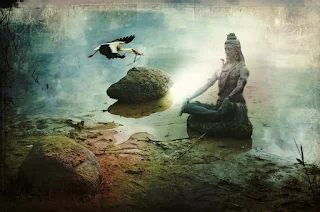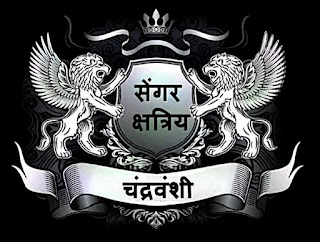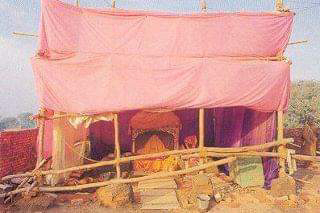सेंगर राजपूतों का इतिहास एवं विकास
बालपन से 'आप कौन से राजपूत हैं 'का जवाब 'मैं सेंगर राजपूत हूँ 'कहते हैं तब मन में जिज्ञासा होती है कि सेंगर, राजपूत कौन हैं । जिनके हम वंशज हैं। मेरे मामाजी सेंगर हैं सो .... फिर मैंने राजपूतों विशेषकर सेंगर राजपूतों के उद्भव, विस्तार और वर्तमान को उपलब्ध साक्ष्यों, परम्पराओं, कुलधर्मिता, श्रुतियों, पौराणिक कथाओं और राजपूतों के उपलब्ध इतिहास को देखा, सुना,पढ़ा। फलतः मैंने इस राजवंश को त्रेतायुगीन श्रृंगी ऋषि से प्रारम्भ होकर आज सम्पूर्ण अविभाजित भारत व श्रीलंका तक विस्तारित पाया। चूँकि कोई क्रमबद्ध इतिहास सुलभ नहीं है अतः टूटी कड़ियों को जोड़ कर 'निश्चित रूप से ऐसा ही था 'वाला इतिहास नहीं बनाया जा सकता। लेकिन मुझे अपने प्रयास से बहुत ही आत्मसंतुष्टि मिली कि हमारी वंश परम्परा कुछ ऐसे ही यहाँ तक पहुँची है। आइए चलते हैं इस वंश यात्रा पर विहंगम दृष्टि डालने। क्षत्रिय कौन, फिर सेंगर क्षत्रिय कौन -- हमारे सनातन धर्म या जीवन पद्धति में स्वभावज गुणों से प्रेरित कर्मों के आधार पर मानव समाज को चार वर्णों; अर्थात ब्राह्मण, क्षत्रिय, वैश्य और शूद्र; में विभाजित किया गया है। ...









Thanks for Sharing great info with us. It is great Article .
जवाब देंहटाएंHappy Diwali Wishes Images 2020 | Good Morning Images lORD Shiva | Lord Hanuman Good Morning Images | Good Morning Images Shree Krishan |
Good Morning Wallpapers |
Good Night Hindi Quotes |
Good Morning Wishes Images | Mahadev Shiv Sankar Good Morning Images |
https://www.428545.in/
تنظيف مجالس
जवाब देंहटाएंشركة تنظيف مجالس